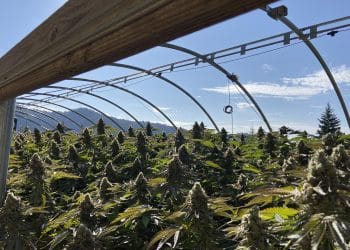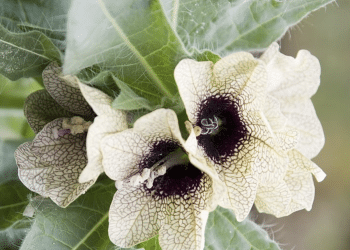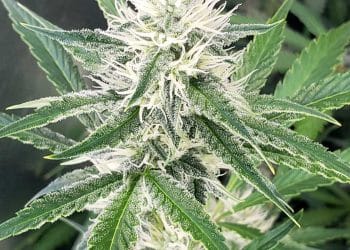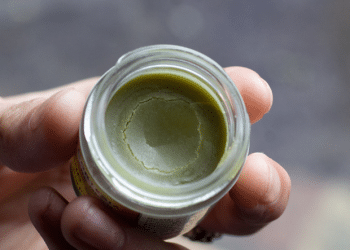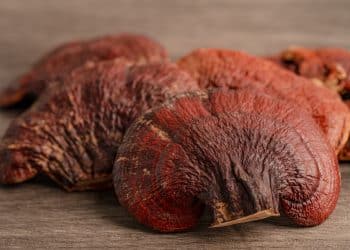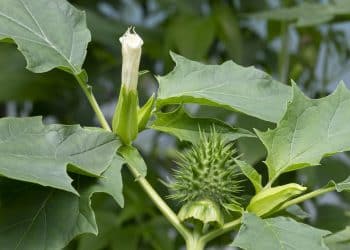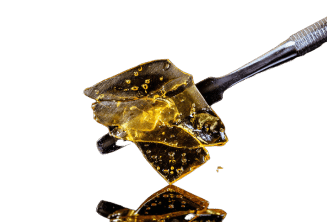Because of the low bioavailability and aqueous insolubility of cannabinoids, manufacturers often turn to nanoemulsions for creating products like infused beverages. Breaking down the word nanoemulsion gives us two words: nano and emulsion. Therefore, nanoemulsification has to do with the creation of nano-sized particles using an emulsification process.
In more complex terms, nanoemulsions can be described as colloidal dispersions containing two immiscible liquids. One liquid is dispersed in the other liquid; one forms the colloid while the other forms the medium. Nanodroplets have diameters that range from 10~250 nm, with each droplet having a protective layer.
Nanoemulsions can be drug delivery systems intended to improve the delivery and bioavailability of compounds that do not mix with water naturally (hydrophobic). Hydrophobic molecules have low solubility in blood and this limits their bioavailability. [1] Considering that most drugs are lipophilic, nanoemulsion techniques are a promising tool to increase the bioavailability of bioactive drug components such as cannabinoids.
Nanoemulsion techniques can be classified as either high or low energy methods. [2] These techniques are both diverse and overlapping.
Generally, low energy methods are preferred over high energy methods because of their cost efficient energy requirements. On the other hand, high energy methods are best suited for food-grade emulsions because they improve the safety and stability of the food components.
High Energy Methods
High energy methods use highly disruptive forces to break up the hydrophobic molecules into nano-sized particles. This produces a nanoemulsion with high kinetic energy. Such high energy methods help to enhance the stability of the emulsion.
High energy methods of preparing nanoemulsions include:
- High-pressure homogenization
- Ultrasonication
- Microfluidization
Low Energy Methods
Low energy emulsification methods use internal chemical energy. They involve two phases generally: phase inversion and self-emulsification. Low energy methods are not ideal for food-grade emulsions that require a high concentration of surfactant. Surfactant reduces interfacial tension and increases the stability of the emulsification. High surfactant requirements adversely affect taste and safety. [3]
Low energy methods include the following:
- Phase inversion emulsification
- Self-nano emulsification
Conclusion
Nanoemulsion techniques play a crucial role improving the bioavailability of hydrophobic molecules such as cannabinoids and bioactive food components. The methods can be classified based on the amount of energy that they require. High energy methods offer greater control over the dispersion of particles in the emulsion. Since they do not require high amounts of surfactants, they are ideal for delivering bioactive food compounds. However, they need sophisticated instruments which makes them costly. Low energy methods are energy efficient and therefore, slightly cheaper. They are suitable for the delivery of hydrophobic molecules that have low bioavailability. Further research will help unravel the full potential of low energy- phase inversion methods in improving drug loading and delivery. [2]
Image Source
https://thenounproject.com/term/nano-coating/1828925/
References
1- Karthik P, Ezhilarasi PN, & Anandharamakrishnan C. Challenges associated in stability of food grade nanoemulsions. Critical Reviews in Food Science and Nutrition. 2017;57(7):1435–1450. Journal Impact Factor: 11.18, Times Cited: 7
2- Kumar M, Bishnoi RS, Shukla AK, & Jain CP. Techniques for formulation of nanoemulsion drug delivery system: A review. Preventive Nutrition and Food Science. 2019;24(3):225–234. Journal Impact Factor: 1.633, Times Cited: 15
3- Komaiko JS and McClements DJ. Formation of food-grade nanoemulsions using low-energy preparation methods: A review of available methods. Comprehensive reviews in Food Science and Food Safety. 2016;15:331-352. Journal Impact Factor: 12.811 Times Cited: 181

